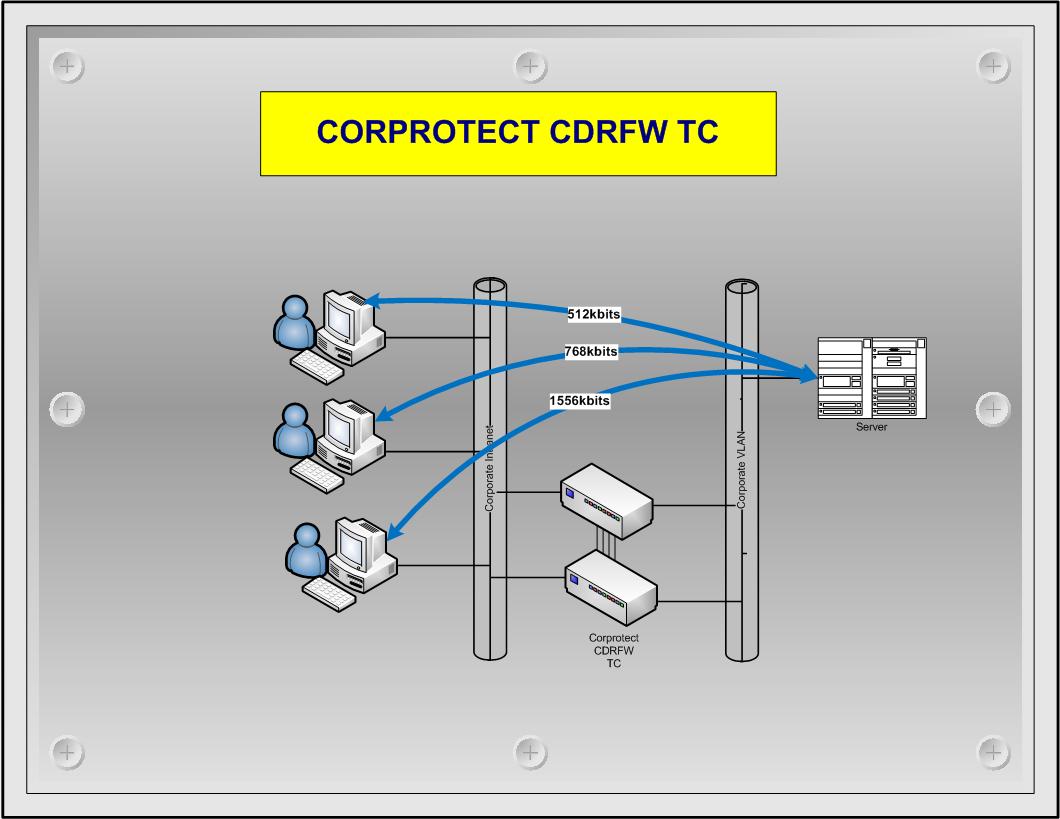
Traffic Control
Traffic control is the name given to a set of queuing systems and mechanisms by which packets are received and transmitted on a router. This includes deciding which (and whether) packets to accept at what rate on the input of an interface and determining which packets to transmit in what order at what rate on the output of an interface.
Traffic control is the set of tools which allows the user to have granular control over these queues and the queuing mechanisms of a networked device. The power to rearrange traffic flows and packets with these tools is tremendous and can be complicated, but is no substitute for adequate bandwidth.
Packet-switched networks differ from circuit based networks in one very important regard. A packet-switched network itself is stateless. A circuit-based network (such as a telephone network) must hold state within the network. IP networks are stateless and packet-switched networks by design; in fact, this statelessness is one of the fundamental strengths of IP.
The weakness of this statelessness is the lack of differentiation between types of flows. In simplest terms, traffic control allows an administrator to queue packets differently based on attributes of the packet. It can even be used to simulate the behaviour of a circuit-based network. This introduces statefulness into the stateless network.
There are many practical reasons to consider traffic control, and many scenarios in which using traffic control makes sense. The following diagram depicts the control over IP bound traffic, it can also be applied to PORT bound traffic as well.

